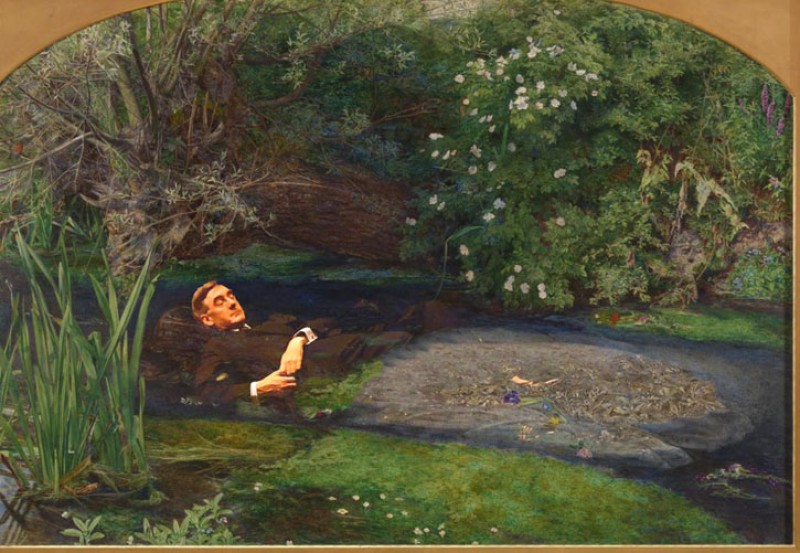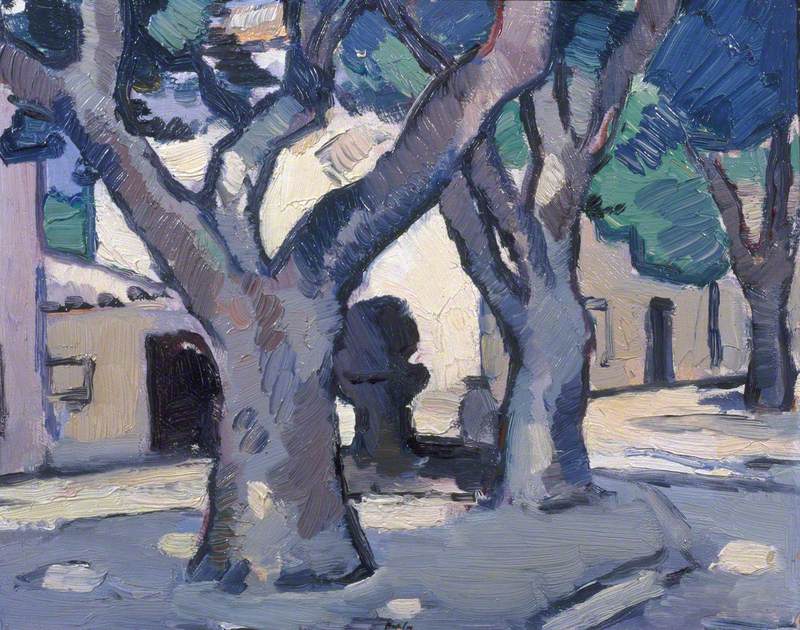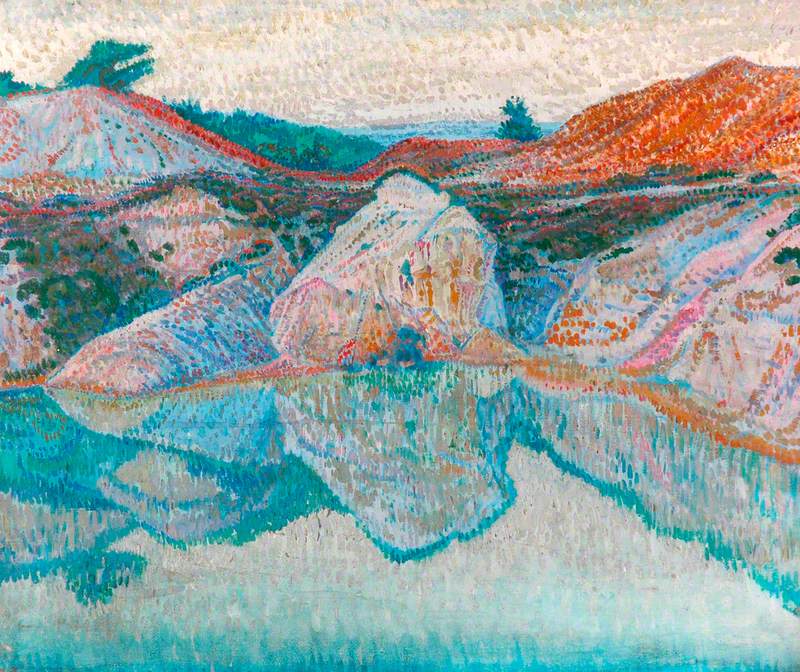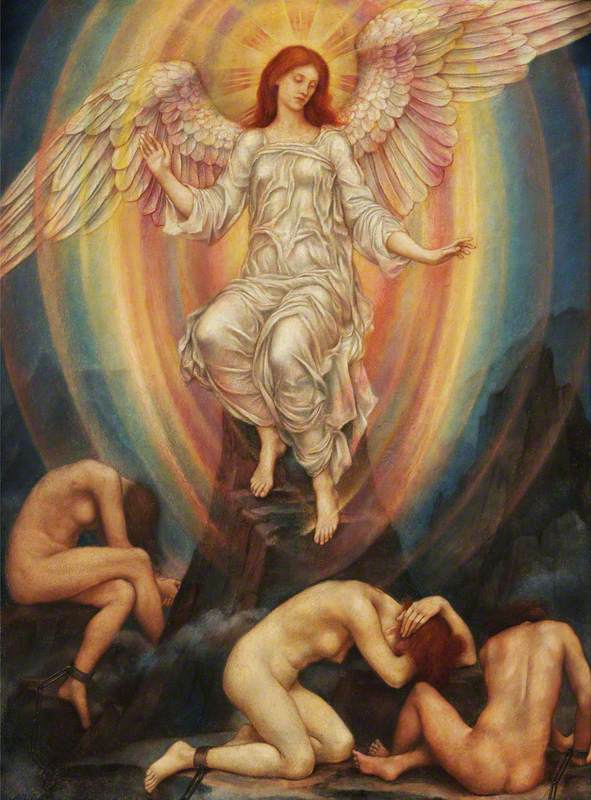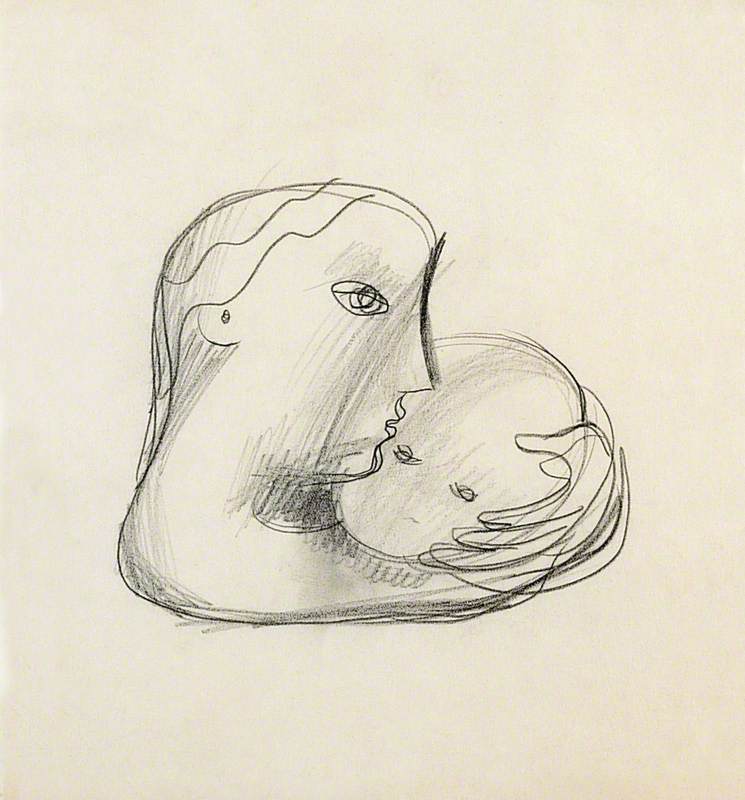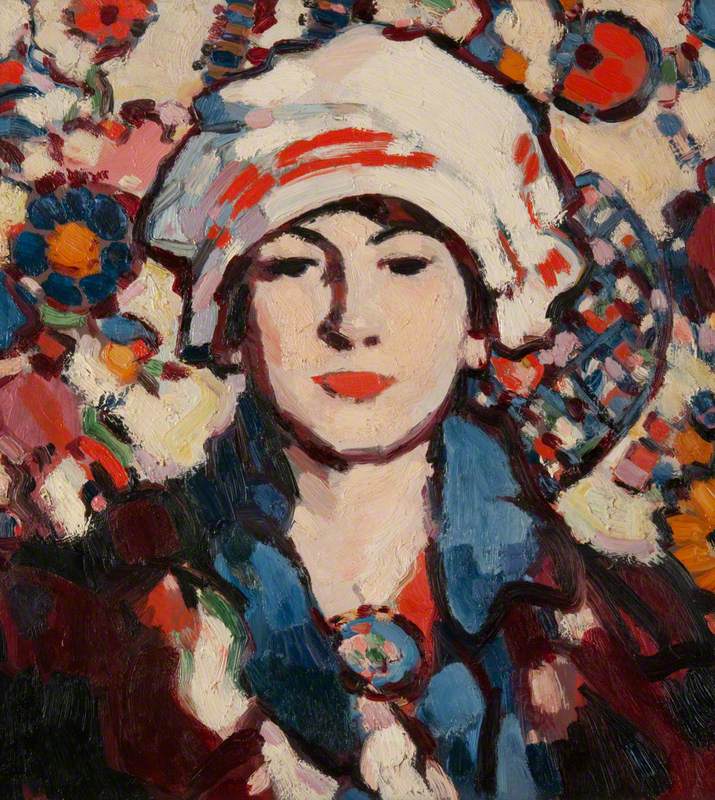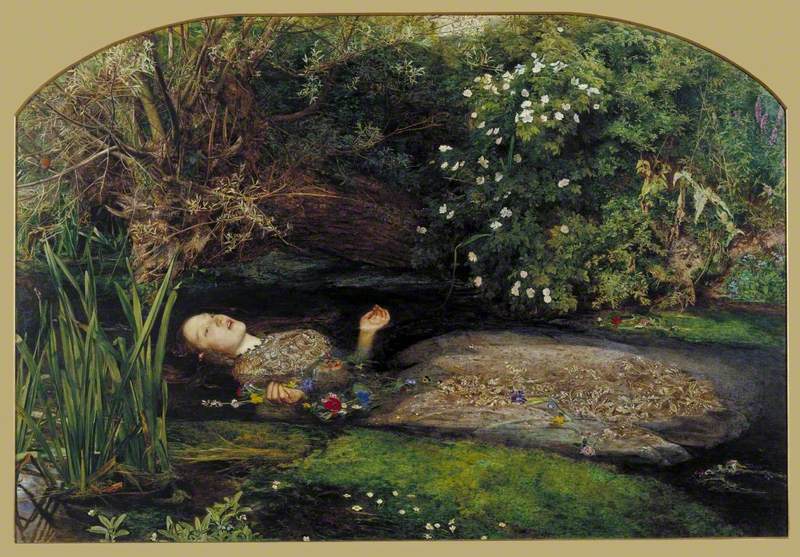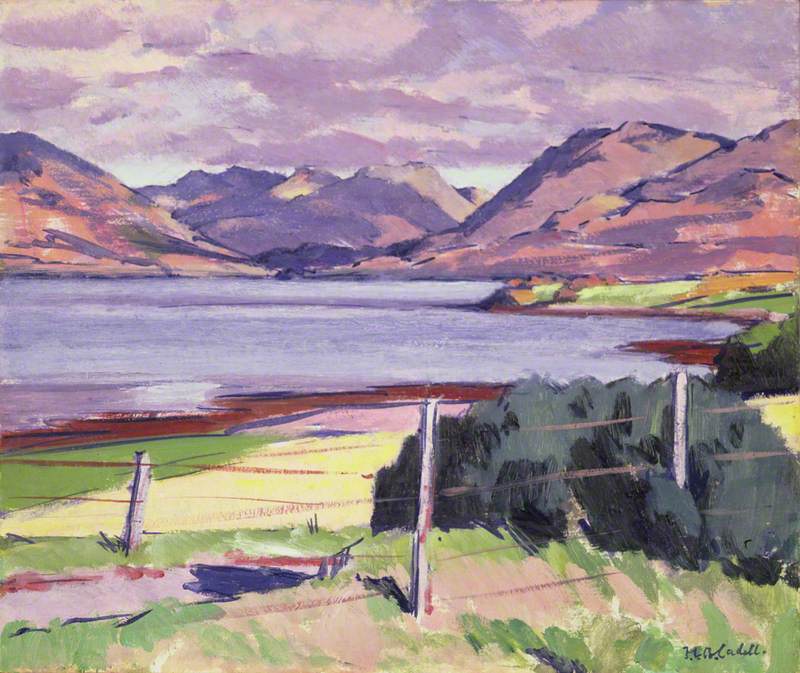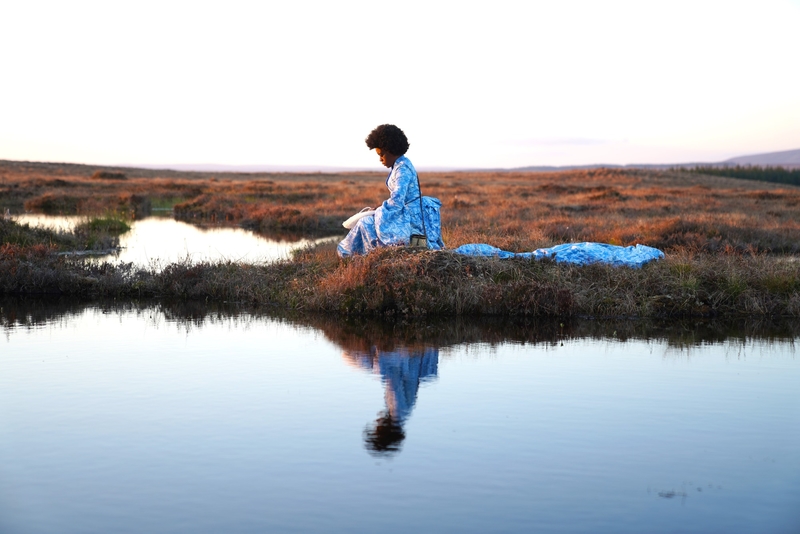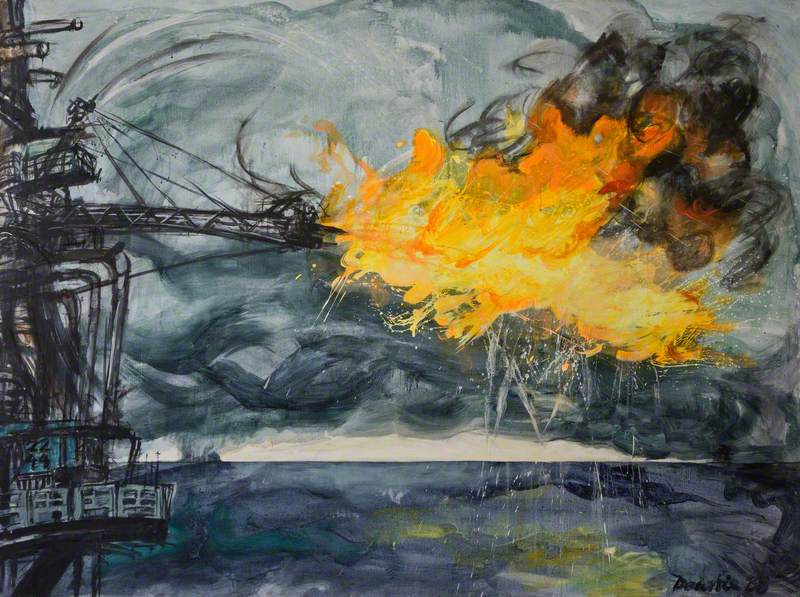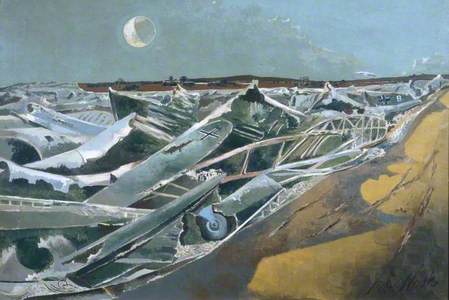Despite its popularity with artists, the colour blue is exceedingly rare in the natural world. When looking at the seemingly endless sky and sea, it is easy to assume that the colour blue is common in nature. Yet, out of 280,000 known flowering plant species, less than ten per cent produce blue flowers. This rarity makes the presence of blue within the sky and the sea even more significant.
This intrinsic link between the colour blue and Britain's seas and skies recurs in several works within The Reiff Collection. As the ocean and skies are so important to British history, these together tell a story about British culture, heritage and life.
The Fighting Temeraire tugged to her Last Berth to be broken up, 1838
1839
Joseph Mallord William Turner (1775–1851) 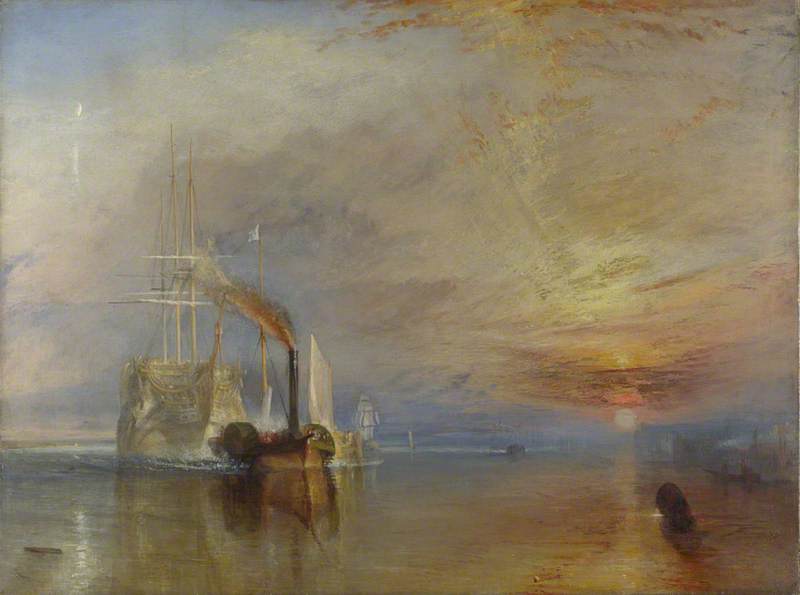
J. M. W. Turner's atmospheric, moody seascapes – revolutionary for the time, and still voted as some of the nation's favourite paintings – set a strong precedent for the importance and cultural relevance of the choppy British seas. The Fighting Temeraire exemplifies this point. The painting's burnt golden sunset is mirrored by the still water below; with the ship afloat, and all seemingly calm in the atmosphere, Turner uncovers a warmth and longing for the ocean like no other.
The sea also holds economic and political importance for the British Isles, as James Kay's Dazzle Ships on the Clyde, within The Reif Collection, portrays. This painting shows 'dazzle ships': the paint scheme was used during the First World War to camouflage merchant vessels to lessen the chances of submarine attack. The ships don brilliant red, green and blue patterns, misleading any onlooker by hiding in plain sight. The seascape here becomes a timepiece for the political perils of living on an island, something within Britain's generational and personal memory.
Paul Nash's Totes Meer (Dead Sea) is another such example. This pivotal work depicts a sea dense with fallen fighter planes which become wave-like, eerily submerged in nature. The space between the water and the metal closes and we are forced to reckon with the damage incurred through war to both people and material.
For aesthetic intention, we can turn to Hugh Boycott Brown's Jetty of the Norfolk Coast. This painting is unique in its brilliant shades of blues. Its calm atmosphere emphasises the play of natural light. The painting realistically depicts ordinary subject matter, however also offers impressionistic touches, which Boycott Brown believed helped to capture light's changing qualities. Impressionist painters often worked later in the day to create effets de soir, or the shadowy effects of evening; Boycott Brown enhanced this effect through orange accents, which vibrate against the blues to add an element of three-dimensionality. The boats cut through the serene landscape and horizon, delineating the painting axis.
Modern and contemporary artists continue to approach the sea from unique and creative standpoints, from Antony Gormley's sea statues, namely Another Place, to Tracy Emin's Margate-coded artworks.
British weather is also intrinsic to national culture and identity within the United Kingdom. When in doubt, its residents fall back on discussing a dreary rainy day or a rare glimpse of bright skies. Perhaps due to the natural variety of weather in Britain, with minutes between thunderous flashes of light and a calm, clear atmosphere, it has historically been an important and intriguing subject for artists.
Famously, the Impressionist master Claude Monet depicted British weather in a series of works produced whilst the artist was residing in London – the bleak and murky climate is immediately communicated through Monet's incorporation of misty teal undertones in his The Thames below Westminster.
The constantly changing weather of Britain forms the subject of John Peter Blandy's work View of the London Hospital, where the artist's vivid use of yellows, pinks, lilacs and that essential blue, creates a British sky threatening all kinds of weathers at once. In this work, we can hope the sun's rays will shine through, yet stay conscious of looming clouds.
View of The London Hospital
1989
John Peter Blandy (1927–2011) 
Within the artworks forming The Reiff Collection's 'Modern British Blues' exhibition, British weather is a prominent theme, conveying not only the variety in seasons and elements, but also the intrinsic and permanent position of the weather within British identity.
In Britain, we are often hopeful that our weather will improve, and that the rain might eventually stop, allowing the sun time to shine. This sense of hope and bliss is present in Ruskin Spear's Bedford Park.
Spear utilises a dull palette when rendering the urban areas of the canvas, consisting of a dreary mixture of browns, oranges and dark greens, offering an interpretation of the urban world as irrevocably dark and dingy. This contrasts with the blue, which cuts through these darker shades like a beam of light. Spear demonstrates the power of the weather in its ability to brighten even the darkest and dingiest places.
The Reiff Collection's 'Modern British Blues' exhibition offers us a glimpse into the weather and seascapes that we experience in Britain, which not only represents the diversity of our climate but also the especially prominent way in which the weather and the water infiltrate British consciousness.
Elle Anderton, Collection Assistant at The Reiff Collection, and Ellie Lachs, researcher, art collection manager and cataloguer at The Reiff Collection
'Modern British Blues, A Selection of Works from the Reiff Collection' is on display at Lauderdale House on Highgate Hill, London from 1st to 27th May 2024
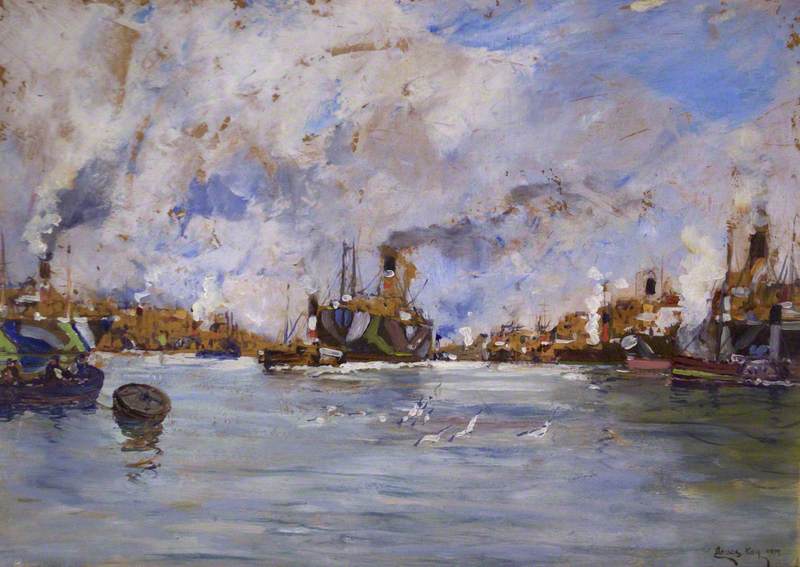

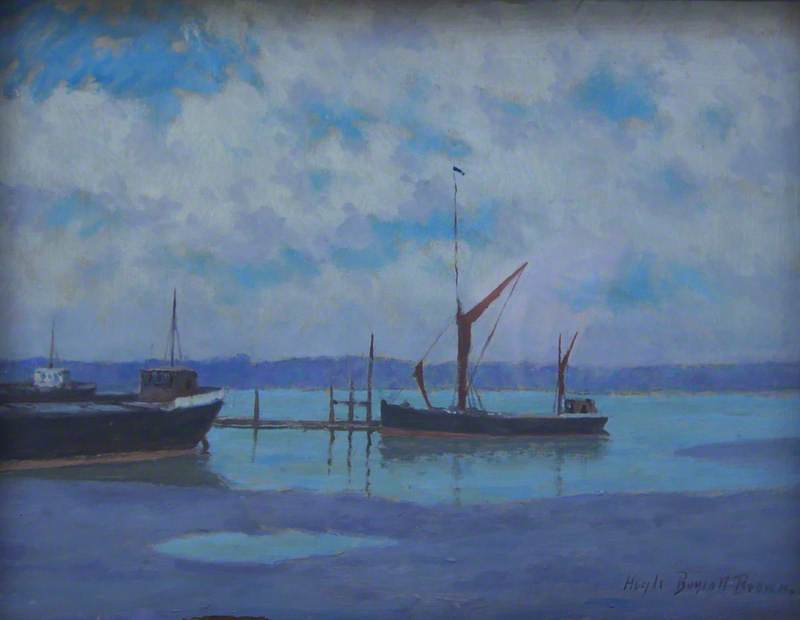
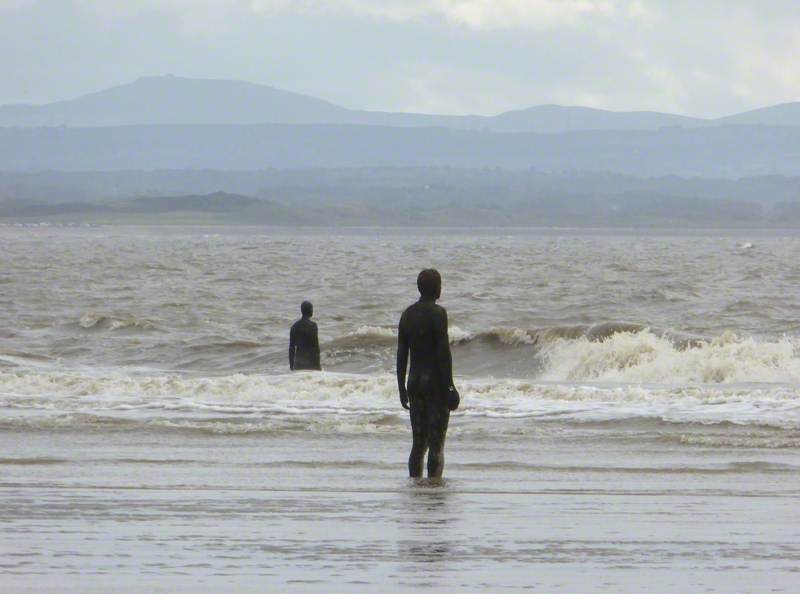
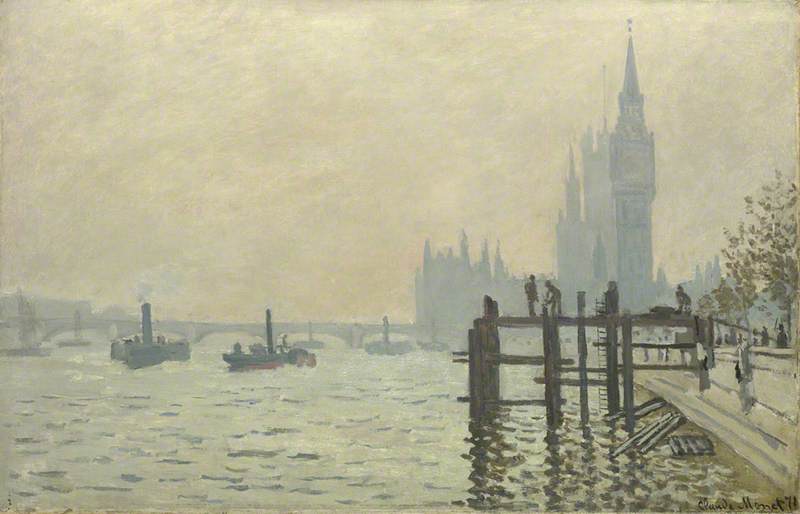

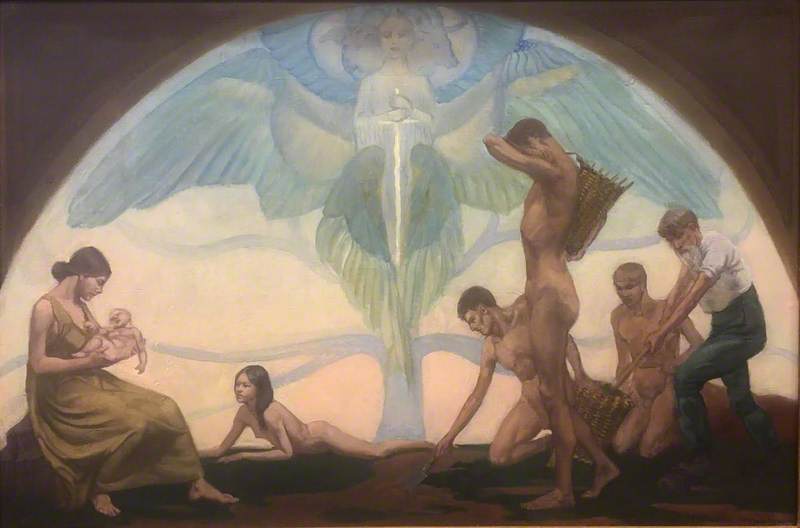
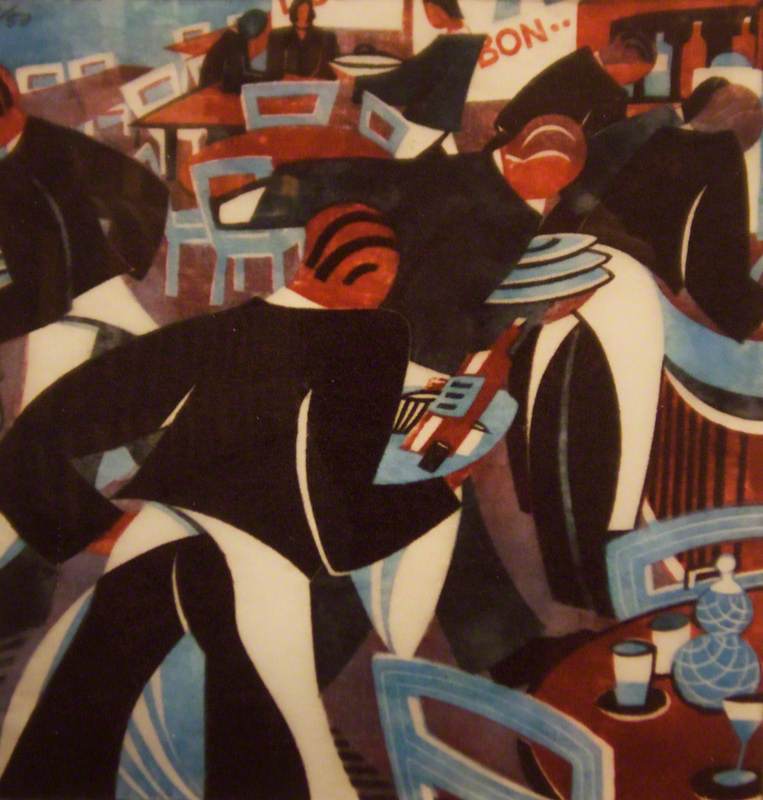
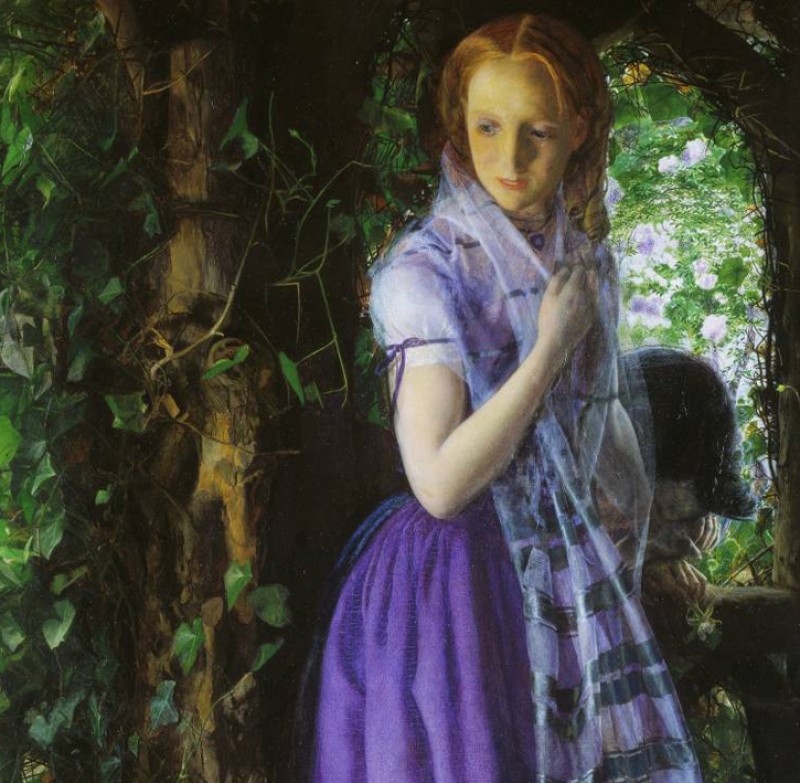


.jpg)
